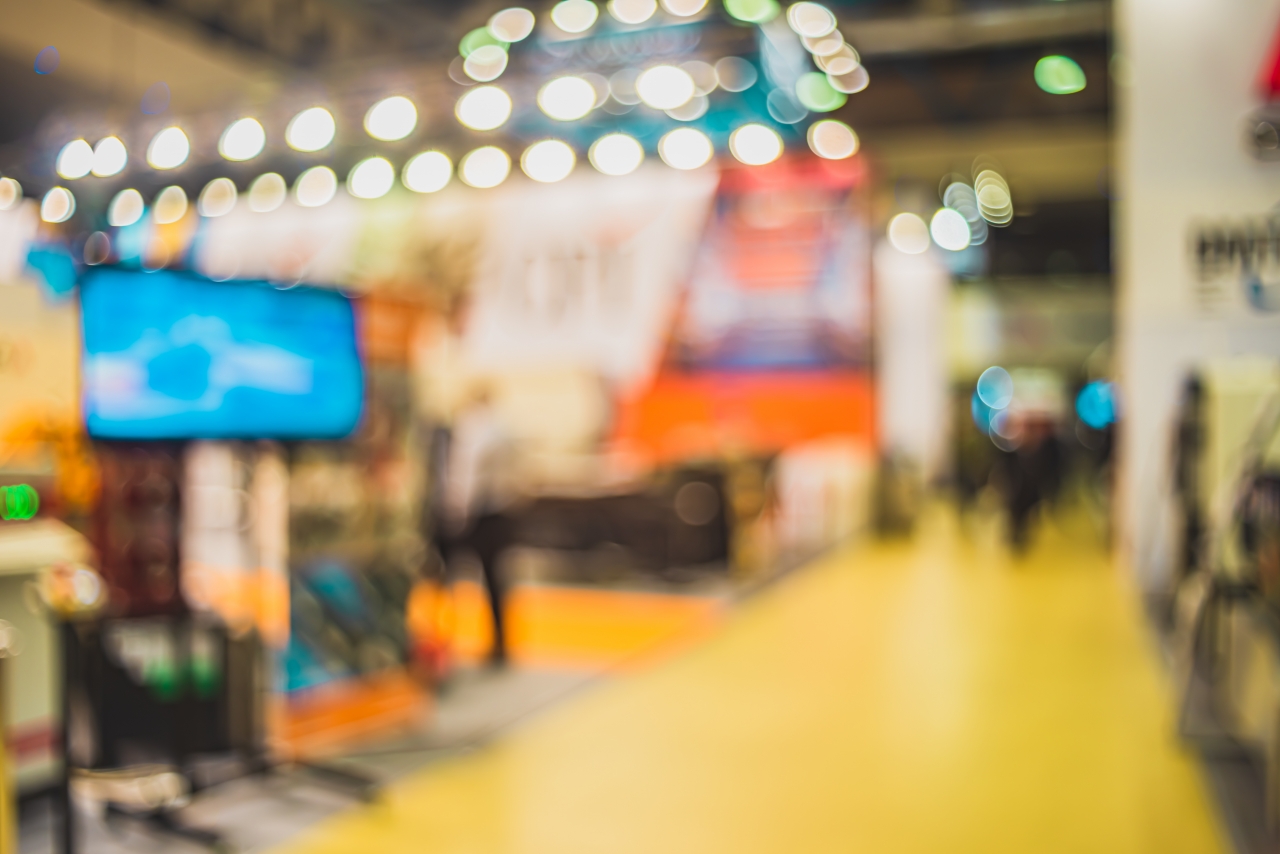How to Determine If You Should Invest in Virtual During Your Next Trade Show
- Read original article here

People are returning to the trade show floor—in person, that is. There is a certain excitement that gets lost when attendees cannot touch, feel or physically interact with brands, so it’s no wonder people were ready for the return. The 2022 Kitchen & Bath Industry Show and International Builders’ Show brought in70,000 attendees and 1,200 exhibitors, making it one of the largest shows to occur since live events went dormant due to COVID-19.
While in-person show attendance is rising, virtual or hybrid can make more sense in some cases. Take a virtual trade show booth. It holds the potential to enhance reach via not just live broadcast demos but also on-demand streaming. It also provides professionals who would not otherwise attend (i.e., lower-level employees, non-department members, those outside the region, etc.) to experience the trade show.
Virtual does not just expand reach. It can also complement the physical experience in many ways. Virtual reality (VR) and augmented reality (AR) are more than passing trade show technology trends. Both can improve the brand experience and the visualization of a product or service.
Should you equip the floor with video conferencing tools, attendees can take meetings with those attending virtually. Then, the event is not just about watching demos, reading digital brochures or listening to speeches for virtual attendees. They have the option to interact directly with whoever is on the trade show floor. And depending on the platform used, those not present can pose questions, discuss pain points and obtain solutions via live Q&A functionalities.
For the most part, the qualities ofa successful hybrid showmirror those of in-person trade shows. Remember, having a virtual component adds another layer to the event. You will need the right internet connectivity, speed requirements, technology platforms and other associated tools to accommodate both in-person and virtual attendees. That additional layer will come at a cost, but with the right budget and planning, it can be accounted for.
Then there are the staffing requirements of hybrid events. You will need dedicated staff assigned to each virtual component—and that’s on top of the staffing needs for in-person attendees. Those manning virtual elements will require tech and trouble-shooting skills in addition to the traditional skills of communication, sales and so on.
With all the trade show technology trends, it can be difficult to decide whether virtual elements make sense for your brand. Before jumping into the hybrid realm, it is important to assess your needs by thinking through a few questions. The benefits should always outweigh the additional costs. Here are some questions to consider:
1. How well does a product or service translate to a virtual presentation?
One of the first things to consider is how a presentation might translate online. Simpler and higher-familiarity products and services work well virtually. A unique or more complicated message could get lost in translation if not communicated in person. Determining the complexity and newness of what you are trying to communicate will help you decide whether to present that information virtually or at your trade show booth.
Building brand awareness is a process already done digitally, so a virtual component will broaden your visitor base. Leads may not improve, however, as virtual attendees are not always qualified (i.e., not the decision-maker or authority to purchase).
3. Who and where are your customers?
If most sales go to existing customers and many are unable to attend due to proximity, a virtual component makes sense. Using a virtual trade show booth allows you to inform customers about new features and generate excitement in the process.
Consider strategic pricing of virtual attendance versus those attending in person. Perhaps it costs less to attend via video chat.
5. Should you work with an experiential agency?
If you are wondering how a virtual trade show works, experiential agencies have the expertise to provide the answer, as well as assess the effort and costs associated with virtual components. Discuss your plans and reasons for adding a virtual component. Your partner can help implement the right solution and keep you from buying into those trade show technology trends that fail to deliver the desired results.
Ultimately, determining your needs and then conducting a cost-and-benefit analysis will be the best way to proceed. You want to ensure all elements provide value and drive attendees further down the sales funnel.
Don’t miss any event-related news: Sign up for our weekly e-newsletter HERE, listen to our latest podcast HERE and engage with us on Twitter, Facebook and LinkedIn!

